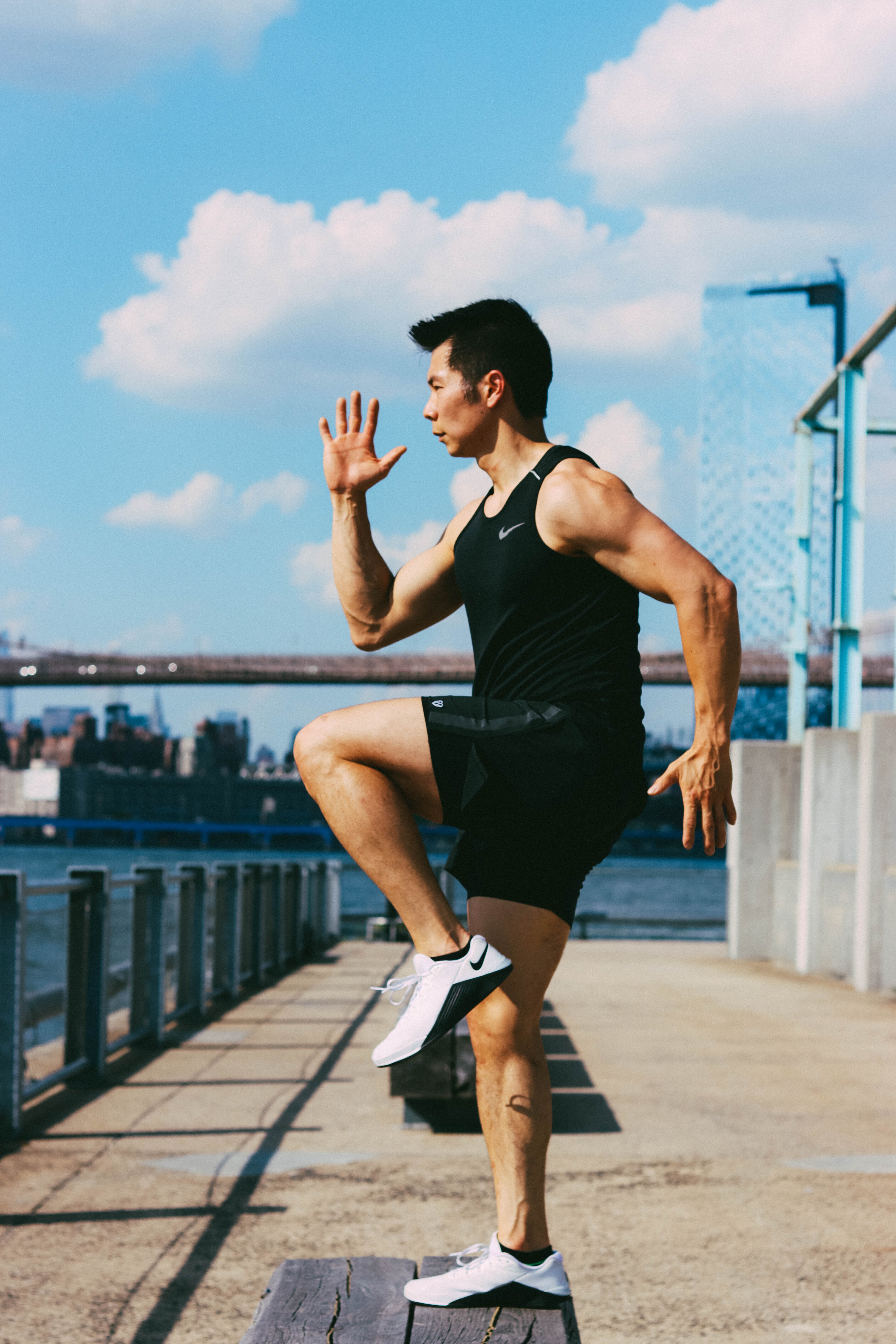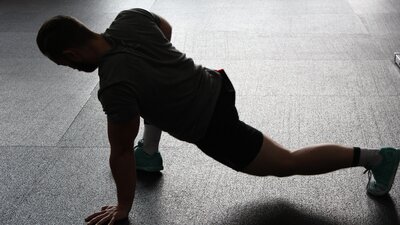Proper circulation is essential for maintaining a healthy body and mind. Poor circulation can be caused by the narrowing of blood vessels, inactivity, obesity, anemia, high blood pressure, smoking, and/or heart disease. Symptoms can include lack of physical energy or mental focus, cold extremities such as your hands or feet, bulging veins, or weakened immune system. Here are six ways to help you ensure optimal blood flow to your muscles, organs, and brain: compression, stretching, heat therapy, cold therapy, acupuncture, and massage.
Compression
Your legs and feet can easily get sufficient blood flow through gravity. However, it takes much more effort to remove blood from your lower extremities. If you have insufficient circulation, you can experience swelling, fatigue, or pain after a long work day or cross country flight.
There are three compression methods that can be beneficial to you. First, you can simply move more. When your muscles contract, it compresses the surrounding veins, pushing blood back up to the heart using a one way valve (1). Even when you are sitting, you can flex and extend your calves which can create a venous pressure to improve circulation (1).
Second, compression socks are an inexpensive and easy method to improve your blood flow by pressuring the area, which can aid in preventing fluid accumulation, blood clots, chronic venous insufficiency, varicose veins, or deep vein thrombosis (2). Compression clothing can range from low (less than 20 mmHg) to medium (20 to 30 mmHg) to high (greater than 30 mmHg). Commercial products are generally less than 20 mmHG, but if you would like more compression, you should consult your doctor for medical grade compression socks. There will be an ideal compression amount of compression to maximize blood flow for your unique body. More compression will not automatically mean better circulation (2).
Third, there are medical grade intermittent pneumatic compression (IPC) devices, which are inflatable sleeves worn on your lower legs while recovering from an illness or surgery to prevent blood clots and deep vein thrombosis (3). There are also commercial inflatable devices that function similarly to help circulation, both for improving circulation, preventing injury, and improving athletic performance (4).
Stretching
Stretching exercises can increase your range of motion, improve performance, and help quicken rehabilitation (5). Stretching can also enhance blood vessel lining, capillaries, vascular volume, and overall blow flow by releasing nitric oxide to vasodilate your blood cells (6)(7). A 2020 study split participants into two groups, the first group not stretching at all and the second group performing several leg stretches lasting 45 seconds, with 15 seconds of rest for each, five times a week for 12 weeks. The stretching group had better blood flow, less stiffness, and lower blood pressure (8).
Heat Therapy
The application of heat to a specific area of the body can improve circulation. The heat will cause the blood vessels to dilate, which will promote increased blood flow, which can optimize circulation (9). It can also lessen pain, increase muscle flexibility, release endorphins, and boost immunological responses (10). There are two types of heat therapy: dry heat and moist heat. Dry heat therapy can include heating pads, warm compresses, or saunas. Moist heat therapy includes using steamed towels, warm baths, and steam rooms. Both have been shown to increase flow-mediated dilatation, improve vascular function, reduce arterial stiffness, and lower blood pressure (11) Also, long term sauna exposure is associated with reduced cardiovascular disease risk, perhaps from increased circulation (11).
A note of caution: prolonged heat exposure can lead to dehydration, dizziness, heat stroke, heat exhaustion, or even death. Stay hydrated and pay attention to the signs your body is giving you.
Cold Therapy
The application of cold therapy can also enhance blood circulation. Cooler temperatures cause rapid vasoconstriction, which leads to elevation of arterial blood pressure and increased blood volume to maintain deep tissue temperatures (12). Common cold therapy treatments can include cooling sprays, ice packs, ice baths, or immersive cryogenic chambers (13). All of these methods have shown some beneficial physiological location reactions, such as slowing of metabolic function, reducing swelling, and an anesthetic effect. It also has global effects, such as reducing heart rate, blood pressure, and lowering lactate levels (12).
Acupuncture
Acupuncture has been a longstanding practice in Traditional Chinese medicine. An acupuncturist will penetrate your skin with thin, solid, metallic needles and then activate them through gentle and specific movements. This practice can help improve your overall circulation. While there are very few western scientific studies on the efficacy of acupuncture, it can still be a low cost, low risk alternative to treatment for pain and insufficient circulation (14). One study used an ultrasound Color Doppler imaging (CDI) device to verify the blood flow increases after the application of acupuncture, but further research is needed (15). Another study found that acupuncture was able to temporarily lower blood pressure after 6 weeks of treatment (16).
Massage
Although massage therapy cannot be rigorously studied through a double blind placebo experiment, there may be good evidence for its use to increase blood flow and alleviate muscle soreness. One study found the application of massage was able to increase skin temperature and blood flow (17). There have been many studies where participants exercised and either rested or received a massage. The massage group rated their subjective soreness as lower than the non-massage group (18). There are two hypotheses for increasing circulation: first, there is a neurological effect from the relaxation aspect of massage; second, there is a mechanical effect of physically moving blood and tissue.
There are several types of massages. Swedish massages are generally more gentle, with long circular movements. Deep tissue massages are generally more forceful, with slower kneading in order to reach more layers of muscle and connective tissue. Sports massages are generally focused on injury prevention or rehabilitation for sport specific areas, such as tennis elbow. There are also many percussion massage devices on the market that can mimic the effects of an in person massage.
Works Cited
https://my.clevelandclinic.org/health/treatments/14791-intermittent-pneumatic-compression-ipc-device
https://www.sciencedaily.com/releases/2020/07/200702100528.htm
https://journals.physiology.org/doi/full/10.1152/japplphysiol.00965.2015
https://pubmed.ncbi.nlm.nih.gov/8061252/
https://www.mayoclinicproceedings.org/article/S0025-6196(18)30275-1/fulltext
https://www.ahajournals.org/doi/10.1161/CIRCULATIONAHA.107.706952
https://www.ahajournals.org/doi/10.1161/circulationaha.106.661140
https://pubmed.ncbi.nlm.nih.gov/15114265/
https://www.sciencedaily.com/releases/2014/04/140416125434.htm

